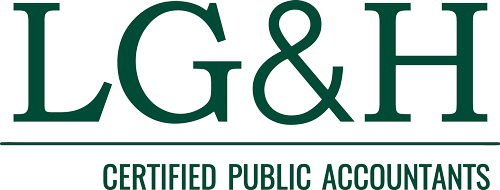HTTPS as a Search Engine Ranking Signal

Google prides itself on its security. It instituted a call for secure communication across the internet. In further support of safe encrypted connections, Google instituted HTTPS as a ranking signal for search queries.
HTTPS stands for Hypertext Transfer Protocol over Secure Socket Layer. It is a secure communications protocol used over computer networks. It is also known as HTTP over TLS (Transport Layer Security). HTTPS is widely used on the Internet.
In June 2014, Google released a call for HTTPS everywhere. It supports security including authentication, data integrity, and encryption. Google’s own applications such as Gmail and Google Drive have been secured using HTTPS. Google now goes further in its support.
Encouraged by positive results in testing, they made the HTTPS protocol one of Google’s ranking signals. This means having one can actually increase your ranking in Google’s search engines. For now, the signal only affects about 1% of queries.
That means it still is not as important as quality content. However, webmasters can expect the percentage to increase in the future. This weak ranking signal gives everyone time to switch over to HTTPS.
Changing Protocols
Switching over to HTTPS is a major change for websites. Webmasters must consider additional costs and redirection.
A few tips to start on the switch:
1. Purchase a certificate from a certificate authority.
This is encryption technology. It encrypts the data as it travels between the browser and the website. Further, it confirms that a website takes a user where intended.
There are different kinds of certificates:
- Single certificates protect only one domain.
- Multi-domain protects up to 100 domains under a single certificate.
- Wildcard protects one domain and unlimited sub-domains.
- Bit keys determine how secure the encryption is.
- The security is higher for a higher bit key. Google expects a 2,048-bit key.
2. You need new URLs.
Google recommends using relative URLs for information on the same secure domain and protocol-relative URLs for other domains. Relative URLs are related to the context or named as positions relative to the base URL. Protocol Relative URLs leave out the protocol prefix as a solution to accessing HTTPS sites without problems.
3. Be careful with permissions allowed by your robots.txt file.
If you want your site to rank in Google, leave out the no index robots meta tag. A ranking signal does not matter if you don’t allow Google to crawl the site.
4. If you already use HTTPS, check that security is proficient.
Use the vulnerability scanner, a Qualys Lab tool, to test site security.
5. If wary of the switch, do HTTPS switchovers in stages.
Especially, if webmasters wish to test the process. Note that the ranking signal only applies to specific URLs. It is not site-wide. Switching over to HTTPS can be tricky and costly.
However, Google is the most popular search engine available. When the HTTPS ranking signal increases in strength, you want your site prepared for the change. Links Web Design a Web Design Company in Maine already initiated this for their clients.
———————————————
Links Web Design is a Website Design Company in Bangor, Maine.









